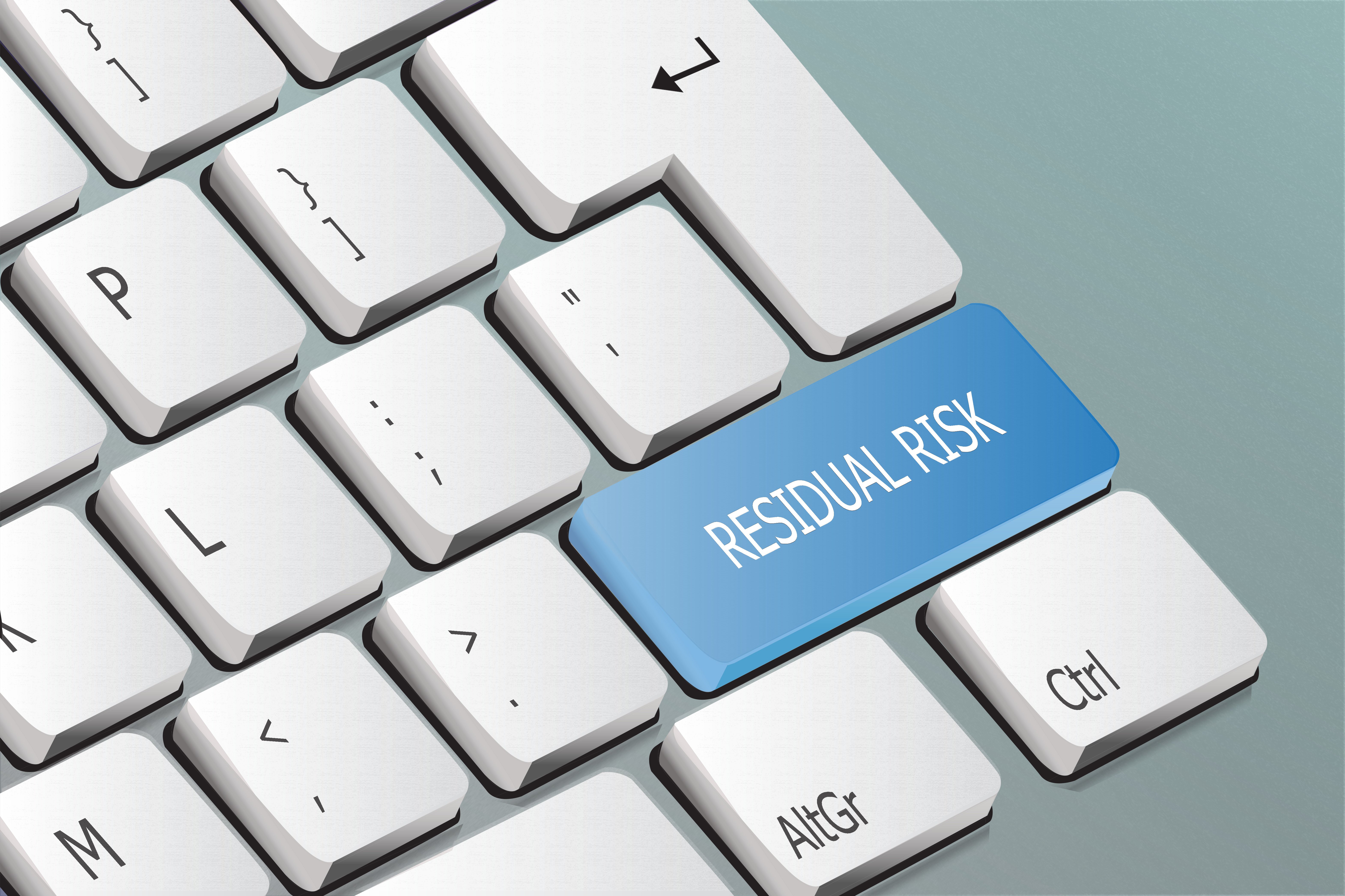Anytime you're online, whether for business or pleasure, you take the chance of falling victim to a cybersecurity risk. Companies are especially at risk of exposing heaps of sensitive data if they lack or have outdated safeguards. Unfortunately, data breaches are all too common in the modern cybersecurity landscape, and it's important to know the different types of risks and how to best protect against them.
What Do We Mean by Cybersecurity Risk?
According to the NIST Computer Security Resource Center, cybersecurity risk is defined as "the loss of confidentiality, integrity, or availability of information, data, or information (or control) systems," which can lead to negative repercussions for a business. There are different types of cybersecurity threats, many of which target different elements of a network or computer system.
What Is the Probability That I Will Experience a Cyber Attack?
Most people like to think that their information is safe and that they've taken the necessary steps to protect against a data breach. However, several billion records are exposed each year, and companies end up at the mercy of their hackers. Therefore, the likelihood of experiencing a cyber attack is significant unless you choose management over prevention.
Cyber risk management means staying on top of all potential threats rather than employing preventional measures, which hackers always find a way around.
What's the Safest Way to Protect My Online Data?
Protecting your online data means being proactive. New threats always pop up, and it's important to make your risk mitigation a top priority and have a good cybersecurity policy in place.
Organizations should encourage their cybersecurity teams to use strong passwords. They should never be based on personal information which is easily gained from social media or other sites. Further, passwords should be different across platforms.
Encryption is essential in safeguarding data. It's necessary for your critical infrastructure, including your networks and hardware, and even when you use cloud computing.
Make sure your information technology (IT) team keeps up to date on education. With new threats emerging every day, this can help prevent future attacks due to being uninformed. But, again, this should be the responsibility of your chief information security officer.
Finally, limit access. Security controls in your cybersecurity framework can go a long way in preventing the wrong people from getting their hands on critical information.
What Types of Risks am I up Against in the World of Cybersecurity?
Some of the most notorious threats include:
- Ransomware attacks - ransomware attacks occur when threat actors add encryption to your information and hold it ransom — basically demanding payment of a specific type, whether it's money, information, or something else the hacker wants.
- Phishing - phishing involves sending a fake communication with a hidden motive - stealing your sensitive information. It's one of the most common types of threats.
- DDOS attacks - a distributed denial of service (DDOS) attack floods a system with fake traffic in hopes of crashing it. At the very least, it prevents a service from responding to requests.
- Password vulnerability - there's a reason websites request strong passwords; it helps keep hackers and bad actors from gaining access to your sensitive information.
- Malware - This category includes ransomware and other threats, such as spyware and viruses, that can damage networks and the files within.
- Data leaks - Data leaks can happen in several ways where sensitive data falls into the wrong hands. Encryption software is one of the most surefire ways to prevent them. However, data leakage can also come from inside the organization.
- Internal threats - the last thing any company wants to do is imagine its employees are out to cause damage, but it always happens. This is why cybersecurity controls are so important — even internally.
Can Cybersecurity Risks Be Completely Avoided?
Unfortunately, it's not possible to prevent all threats. They're too commonplace, and there are a lot of good hackers out there who can find their way around most safeguards. So even when cybersecurity protocols are enacted, there's still a residual risk.
An organization can focus on its cyber resilience — its ability to protect and persevere through and recover from any attacks it sustains. Risk management framework helps companies identify threats through risk assessment to mitigate them.
What's the Best Way to Prevent Cybersecurity Risk?
The best way to prevent a cyber threat is with knowledge. Stay up to date on education, know the newest ways hackers are coming after the information, and then put the necessary safeguards in place to deter them. In doing so, you'll keep your cybersecurity posture — or your overall readiness — up to date.
Some companies outsource this element to a third-party risk assessment company that identifies problem areas and offers guidance.
What Should I Do If I Experience a Data Breach?
In the event of a cybersecurity incident, such as a data breach, the first step is to contain the threat. Once it's contained, it's important to assess the potential damage. Determine what was affected and how many people or companies it involves. Identify possible vulnerabilities where the breach could've occurred. Threat intelligence — collecting data on the attack — is critical here — it helps to evaluate the incident to determine motive and behaviors.
Notify anyone affected by the breach or whose data may have been compromised. Do not delay this step; being upfront and disclosing problems as soon as they occur is the key to maintaining trust and integrity.
Use this as an opportunity to educate your security team. Discuss the breach and how to employ future protocols to prevent it from happening in the future.
How Should I Plan for Cybersecurity Risk Management?
Risk management depends on the company. Smaller companies may face fewer threats, but they're not in the clear, while large enterprises consistently face growing numbers of risk factors and need a better risk management plan.
Have an effective team in place. Your cybersecurity strategy should include a skilled IT team, small or large, depending on the size of your networks and business activities. They should know how to protect your cybersecurity resources and recognize risk areas before they become true problems.
Consistently monitor the framework, use cybersecurity analytics, and look for minor transgressions that might not stand out to the layperson but could indicate a fracture in an organization's security.
Risk management is an ongoing task that an organization must stay on top of to prevent threat actors from succeeding.
How Can RiskRecon Help Me?
RiskRecon, a Mastercard Company can help minimize your cybersecurity risk by identifying weaknesses through an in-depth risk assessment. So whether you're a start-up needing suggestions or a full-scale enterprise needing tightening loose ends in your cybersecurity framework, we can help.
Visit our website or call us today so we can walk you through our RiskRecon demo.







